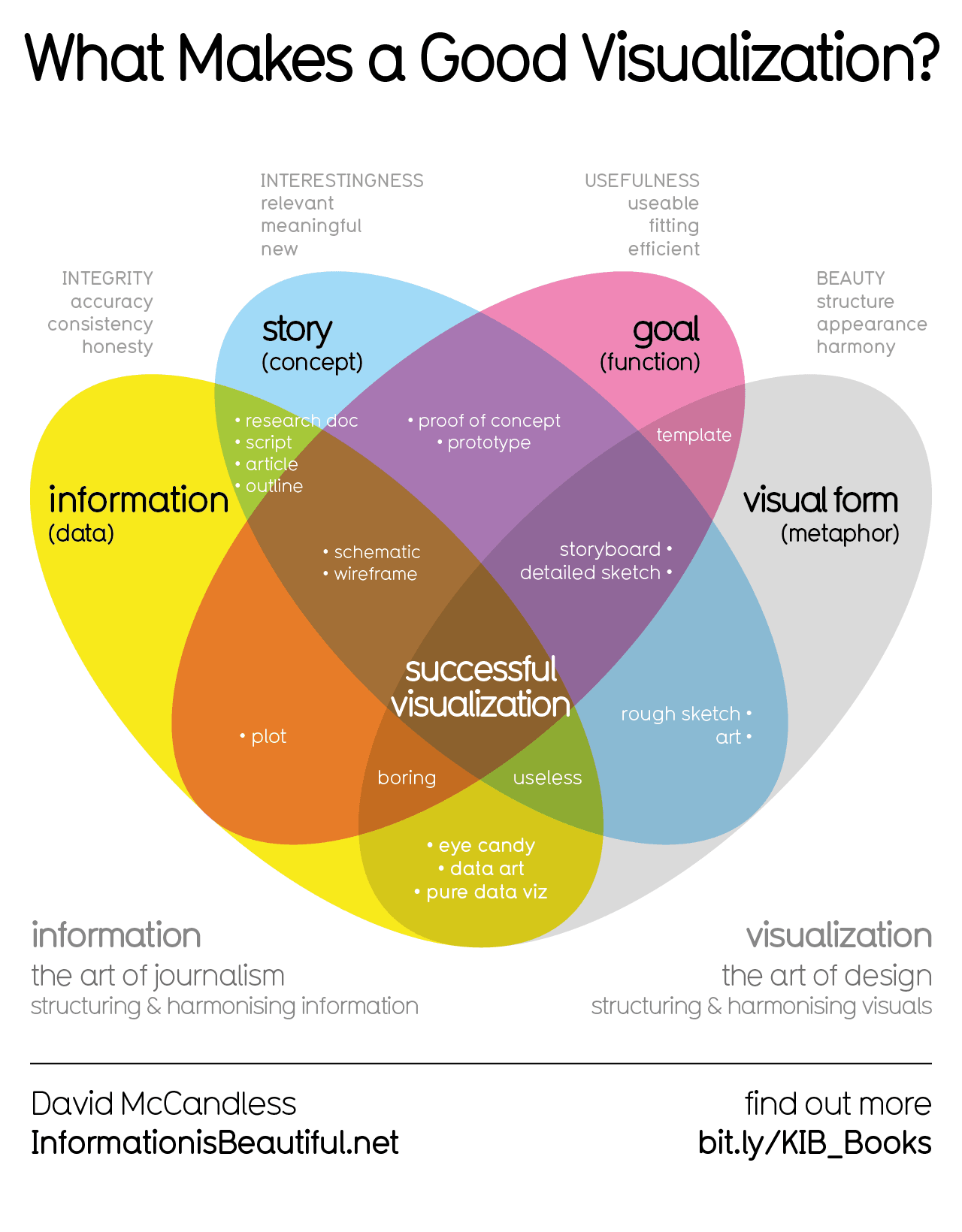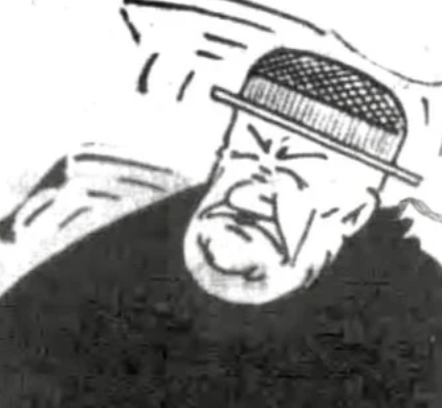Where are the North American indigenous languages?
There are hundreds of languages missing from this graphic, likely because it wouldn’t be feasible to include them all
Most of the North American indigenous languages have less than 500,000 speakers; there are a couple exceptions like Aymara which is on there, and it looks like there’re a few exceptions to the “nothing under 500k” speakers rule, I suppose out of curiosity? But yeah there are millions of languages that didn’t make the cut. American historical linguistics also doesn’t seem to be an area of research that’s had much success as far as cohesive theories or visibility, and as it happens colonial genocide tends to destroy native cultures, so it’s disappointing but not surprising that it’s hard to find evidence.
There’s Nahuatl and Maya in the infographic.
That said yes, they could have included a few languages spoken in the northern half of North America, the part controlled by USA and Canada.
Small additions:
- Doric Greek didn’t die.
- Portuguese isn’t more related to Spanish than, say, Spanish to Occitan, or French to Italian or etc. The timing for the split in the infographic [~1200 CE] hints that the author confused Spanish with Galician (Portuguese and Galician are more related to each other than to other Romance languages).
- Like Portuguese and Galician, Catalan and Occitan are likely more related to each other than to other Romance languages. To keep it simple Catalan is the descendant of Old Occitan as spoken in the Spanish March, a buffer zone in the Carolingian domains right at the border of the emirate of Córdoba.
- Recent developments group Italic and Celtic languages as a single branch, Italo-Celtic. Same deal with Armenian and Greek.
- The Quechumaran family is heavily disputed. Similarities between Quechua and Aymara are typically attributed to areal features; much like Mongolic, Turkic and Tungusic.
- Je-Tupi-Carib is also heavily disputed.
- “Avañe’ẽ” is specifically standard Paraguayan Guarani. It is not a generic term for Guarani varieties in general.
- The infographic is really messy when it comes to the placement of Babylonian, Assyrian and Akkadian, so just to be sure: they’re all Semitic. Also, “Semito-Hamitic” is a really old synonym for what’s typically called “Afro-Asiatic” nowadays.
also manx is a revived language
This is dumb.
Why?
To where are they racing?
That’s it?
Everyone forgets Esperanto.
Alright.
Cool graph but kind of disappointed they oversimplified the whole of the pacific to “oceanic langauges”.
Like Fijian/Tongan/Maori/Polynesian are all very different.
What are they running away from?
Why is German “doubly derived” from Swiss German?
And why prefix German with “standard” when this is not done for other languages?
Austrian?




